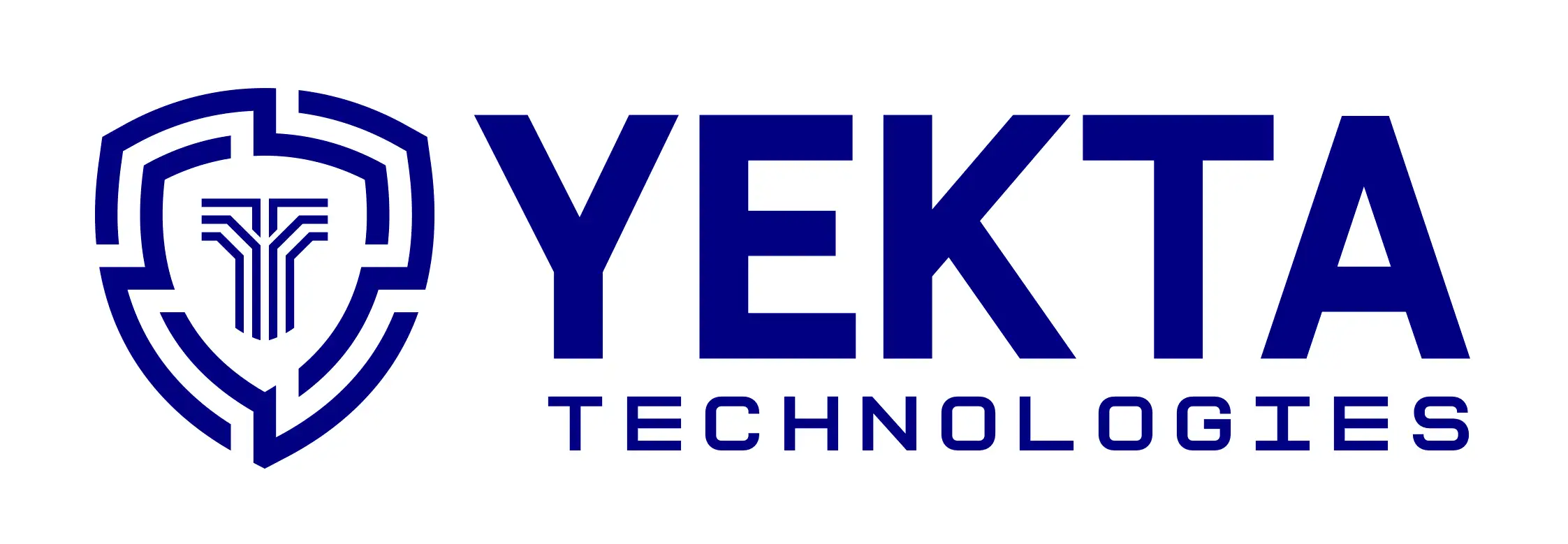Smart Cards
SMART CARD Description Smart cards are physical cards embedded with integrated circuits, commonly used for security, identification, payment, and access control. They are about the size of a credit card and can store and process data using their internal microchip. Smart cards provide more security and functionality than traditional magnetic stripe cards, making them suitable for industries such as banking, healthcare, government, and corporate environments. Contact Smart Cards: Require physical contact with a card reader. The chip is visible on the surface of the card and must be inserted into a reader to function. Common in banking (credit and debit cards) and security access systems. Contactless Smart Cards: Use RFID or NFC technology to communicate wirelessly with a reader when placed near it (up to 10 cm away). Common in public transportation, employee access systems, and electronic passports. More convenient than contact cards since they do not require insertion into a reader. Dual-Interface Smart Cards: Combine both contact and contactless technology, allowing them to function either way depending on the system in use. Widely used in banking and government identification applications. Memory and Processing: Memory and Processing: Microprocessor Cards: Have a CPU, RAM, and non-volatile memory (EEPROM or Flash) and can execute tasks such as encryption, authentication, and secure transactions. Widely used for financial transactions (EMV cards) and identity cards. Memory Cards: Contain non-programmable memory only (no processing power). Typically used for basic data storage like transit cards or loyalty programs. Security Features: Encryption: Most smart cards use encryption algorithms such as AES or RSA to protect sensitive data. Authentication: Smart cards support multi-factor authentication, combining PINs, biometrics, or passwords for access control. Tamper Resistance: Smart cards are designed with tamper-proof hardware, making it difficult to alter or extract inform Storage Capacity: Basic Memory Cards: From 1 KB to 128 KB, suitable for basic storage functions. Microprocessor Cards: Can have storage capacity from 16 KB to 256 KB or more, depending on the complexity of the application. Power Source: Passive: Contactless smart cards draw power from the reader’s electromagnetic field, while contact cards are powered through physical insertion into a reader. Operating Range (for Contactless Cards): Typically work within a range of 2-10 cm from the reader, depending on the frequency (125 kHz for RFID or 13.56 MHz for NFC). Durability: Lifespan: Can last for 3-10 years, depending on usage and environmental factors. Environmental Resistance: Many smart cards are designed to withstand water, heat, and physical damage Conclusion Smart cards offer a highly secure, reliable, and versatile solution for a wide range of applications, including financial transactions, access control, and personal identification. Their ability to store and process data, combined with advanced encryption and tamper-resistant features, makes them essential tools in modern security and authentication systems. Whether used in banking, government, transportation, or healthcare, smart cards provide the convenience and peace of mind that comes with secure, contactless technology.








